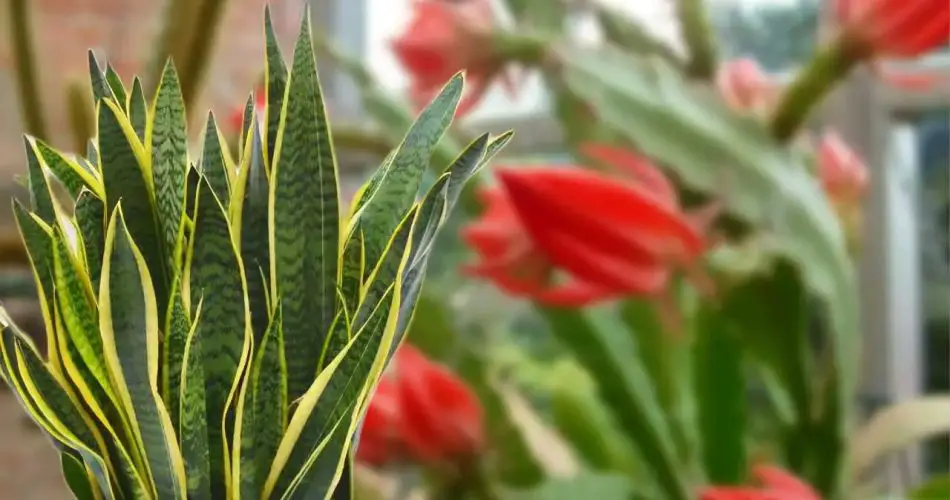The mother-in-law’s tongue, also known as Sansevieria, is a straightforward plant to cultivate but does require some considerations regarding its placement.
Mother-in-law’s Tongue in Italian Homes
A common sight in Italian households and a trendy choice, the mother-in-law’s tongue should be positioned according to Feng Shui principles.
Sansevieria Characteristics
Often misunderstood, the term “mother-in-law’s tongue” might bring to mind biscuits for some, but it also refers to Sansevieria, a plant making a stylish comeback in Italian interiors. Its long yellow leaves, accented with green or lighter yellow stripes, resemble tongues, giving rise to its common name. Scientifically called Sansevieria, it’s known in slang as “lingua di suocera.”
Sansevieria’s popularity stems from its ease of care and decorative appeal. Besides its aesthetic value, it purifies the air by absorbing carbon dioxide and toxins, thereby enhancing indoor air quality.
This hardy plant requires minimal watering, needing hydration only once every two weeks to avoid root rot.
Optimal Placement for Mother-in-law’s Tongue
To thrive, Sansevieria needs to be placed in a specific location, following Feng Shui principles. Feng Shui, rooted in Taoist geomancy and applied to architecture, dictates the ideal placement of objects to promote positive energy flow.
For mother-in-law’s tongue, the optimal location isn’t the dining room or living room, where wood elements dominate, nor the bathroom, which is too humid and might cause the plant to suffer. Additionally, it’s advised against placing it in the study or workplace as its potent protective qualities could stifle creativity.
Ideal Growing Conditions
According to Feng Shui, the entrance of the house is the best spot for Sansevieria. Here, it can enhance the atmosphere, attract prosperity, and cleanse negative energies from incoming visitors. It’s worth trying this strategic placement for optimal benefits.



